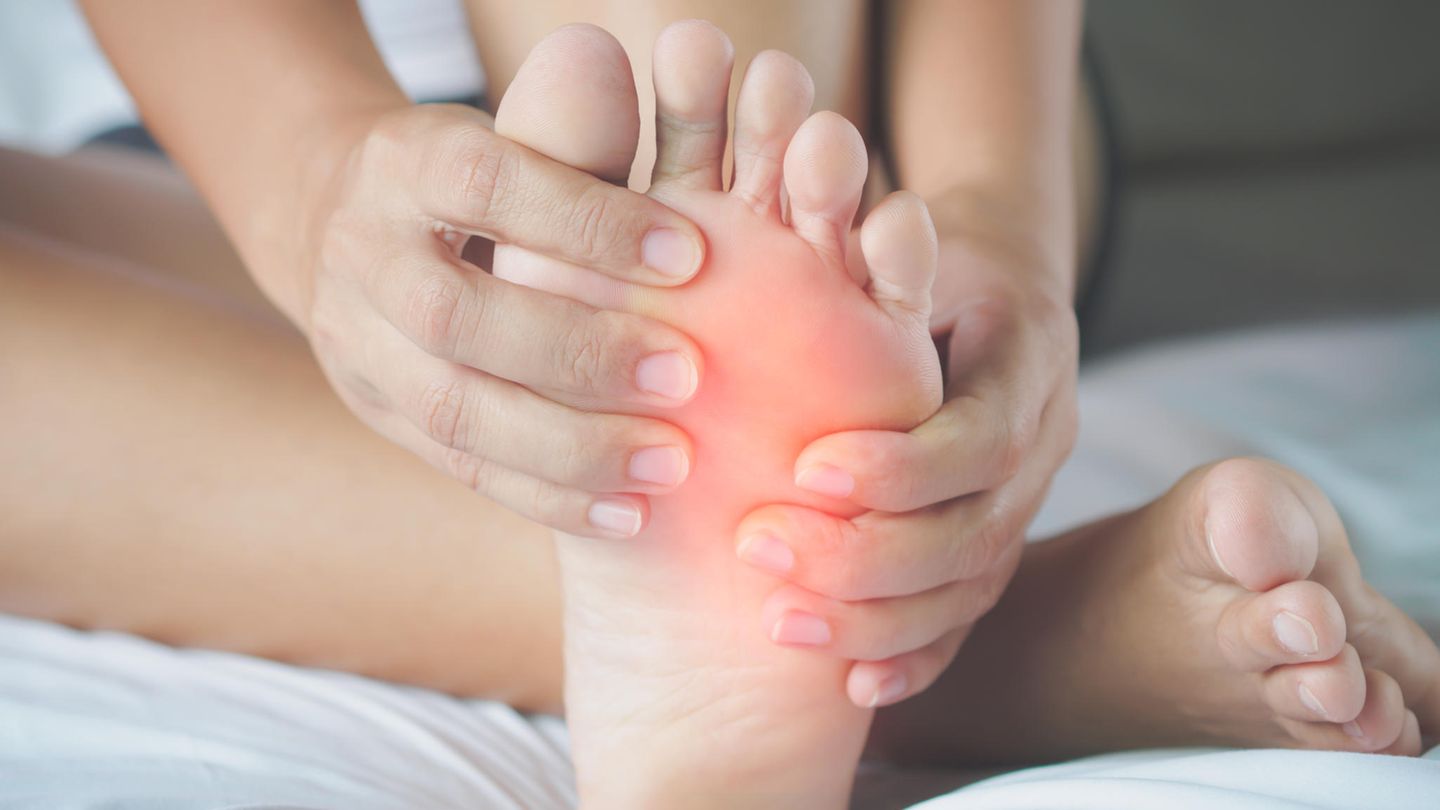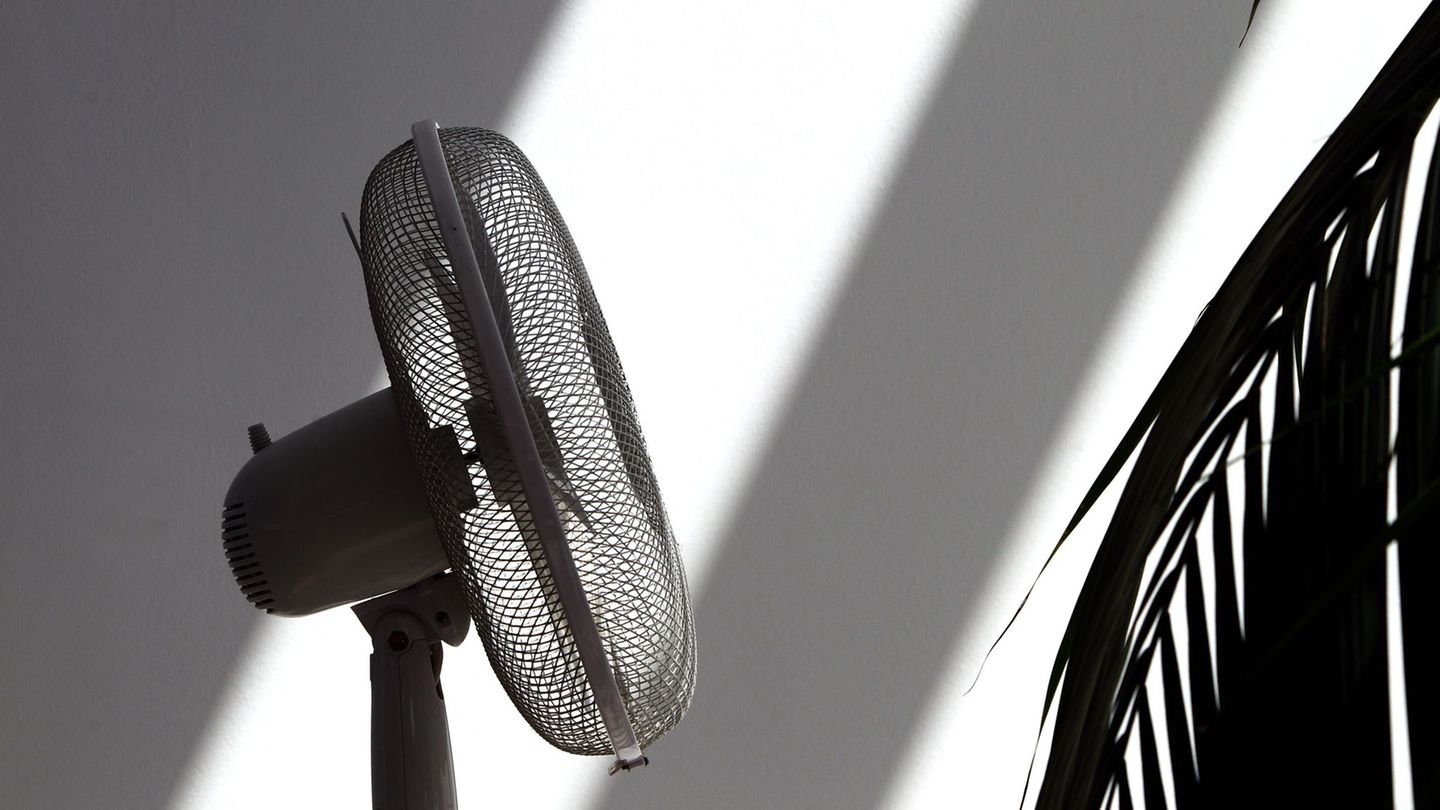Corns develop when the skin is repeatedly exposed to pressure and friction over a long period of time. If they are not treated, they develop into painful cornifications. Learn how to remove and prevent corns here.
Anyone can get corns, they tend to form on the toes and under the soles of the feet if the area in question is exposed to pressure over a long period of time. In the first step, the horny layer thickens and a callus develops. If the pressure doesn’t release, it can develop into a painful corn. Specialists also refer to it as “clavus”. Here you will find tips on how to remove a corn and how to prevent new cornification of the skin.
What does a corn look like?
A corn often causes pain if left untreated. Those affected feel it on their feet, especially when standing and walking. A rounded, wart-like cornification can then be seen, which is usually particularly sensitive to pain in the middle. The area in the middle is also called the thorn. The middle often looks a bit glassy, so the appearance is reminiscent of a bird’s eye – this is how the name corn is derived. It also attracts attention with its raised shape and a yellowish, beige color of the cornea. However, when corns form between the toes, they often appear whitish and are softer than elsewhere on the foot. This is due to the moisture that collects between the toes and causes the horny layer to swell. A rough distinction can be made between hard and soft corns. Hard corns tend to develop on the smaller toes, where ill-fitting shoes create friction and pressure. The soft form of corns, on the other hand, is more likely to form between the toes.
How to remove a corn?
It is important that you eliminate the cause of the corn directly before the treatment. These are usually the wrong shoes that have been putting pressure on the affected area of skin for too long. This allows you to heal faster and avoid a relapse. In addition, you must not injure your skin, because those affected often try to remove the corn with knives or other sharp objects. It is absolutely not advisable to do this, because injured skin is always a possible entry point for germs and bacteria. In general, you should leave corns to a specialist, because only when Corns in the early stages There are methods you can use to remove corns yourself. For diabetics and rheumatism patients, on the other hand, people with sensitive or porous skin should better consult a doctor if they have foot problems. Depending on the type, depth and extent of the corn, these recommendations therefore apply:
- Small, flat corns: You can try to remove this form yourself. If that doesn’t work or if the corn keeps coming back, you should seek advice from a dermatologist.
- Large, deep corns: As soon as corns are large or go deep into the skin, the cornifications must be professionally removed by a specialist.

Remove a corn yourself
Practical options are available for treatment that can be worn for several days. However, it is best to start with a warm foot bath to soften the corn area a little. Then stick the corn plaster on the affected skin area and let it take effect – depending on the manufacturer’s recommendation. The treatment is followed by a warm foot bath again to soften the skin. You can then try to carefully remove the corn. If the skin is still not soft enough and removing it causes pain, repeat the treatment again. are sold over-the-counter in pharmacies, drugstores or on the Internet. The patches are soaked with keratolytics, which are horn-dissolving agents such as salicylic acid, which soften the upper cornea of the corn.
Home remedies for corns
Home remedies are considered to be particularly easy and gentle to use. What is important with all home remedies is that, similar to corn plasters, they only have an effect on small and flat corns.
- foot bath: A foot bath softens the cornea and you can then remove the corn.
- Tea Tree Oil: Tea tree oil is said to help soften the skin. For example, there is a practical one ,which can be applied directly to the affected skin.
Which doctor can remove a corn?
If your corn is already too advanced and treatment with a corn patch is unsuccessful, you need to see a specialist to remove the corn. This can be a dermatologist or a medical foot care.
Three tips to prevent corns
To prevent corns from developing, you should pay attention to the following three things:
- Tight shoes are the most common cause of corns. Therefore, you should always make sure that you wear comfortable and suitable shoes.
- Socks can cause corns if they have seams that are too hard and are pressed against the skin by the shoe.
- Foot care is important because excess calluses and calluses should be treated regularly. A is suitable for this or one . Also applying a is recommended.
Note: This article contains general information and cannot replace a consultation with a doctor.
Source: Stern
I’m Caroline, a journalist and author for 24 Hours Worlds. I specialize in health-related news and stories, bringing real-world impact to readers across the globe. With my experience in journalism and writing in both print and online formats, I strive to provide reliable information that resonates with audiences from all walks of life.




